Spice Chronicles: The Fiery, Tingling Magic of Schezwan Peppercorn
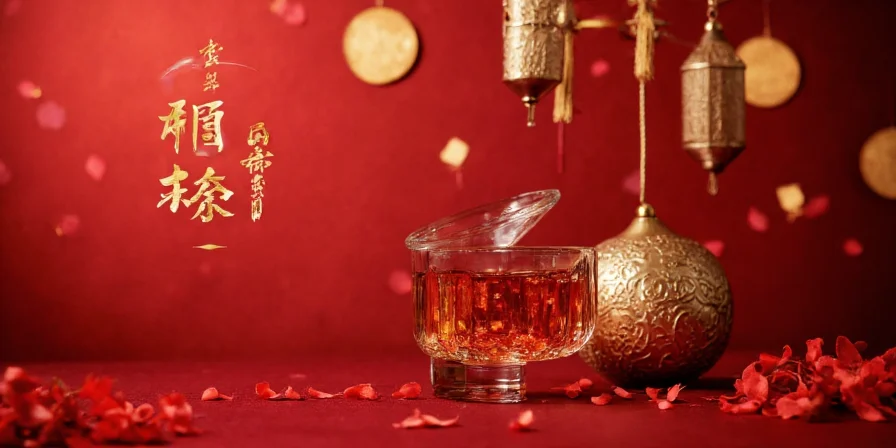
Table of Contents
- What Is Schezwan Peppercorn?
- The Flavor Profile That Defies Categories
- How It Made Its Way Around the World
- Top 10 Cooking Tips for Using Schezwan Peppercorn Like a Pro
- A Spicy Showdown: Schezwan vs. Black Pepper vs. Chili Flakes
- Fun & Fascinating Facts You Probably Didn’t Know
- How to Store and Preserve Your Schezwan Peppercorns
- Cultural Significance and Historical Roots
- Final Thoughts: Why This Spice Deserves a Spot in Every Pantry
What Is Schezwan Peppercorn?
Schezwan peppercorn (also spelled Sichuan pepper or Szechuan pepper) isn’t technically a “pepper” at all — it comes from the dried berries of the prickly ash tree (Zanthoxylum simulans). Native to China’s Sichuan province, this spice is the star of dishes like mapo tofu and hot pot.
Unlike black pepper or chili peppers, which create a burning heat, Schezwan peppercorn delivers a unique numbing sensation called “má” — Mandarin for “numbing.” It's often paired with chili to create a flavor duo known as “má là”, or “numbing and spicy.”
The Flavor Profile That Defies Categories
Schezwan peppercorn doesn't just burn or bite — it tingles, vibrates, and plays tricks on your nerve endings. Here's a breakdown of its complex character:
- Numbing Quality: Caused by a compound called hydroxy-alpha-sanshool
- Floral Undertones: Think citrusy notes with hints of lemon peel
- Earthy Warmth: Not overpowering, but grounding like clove or cinnamon
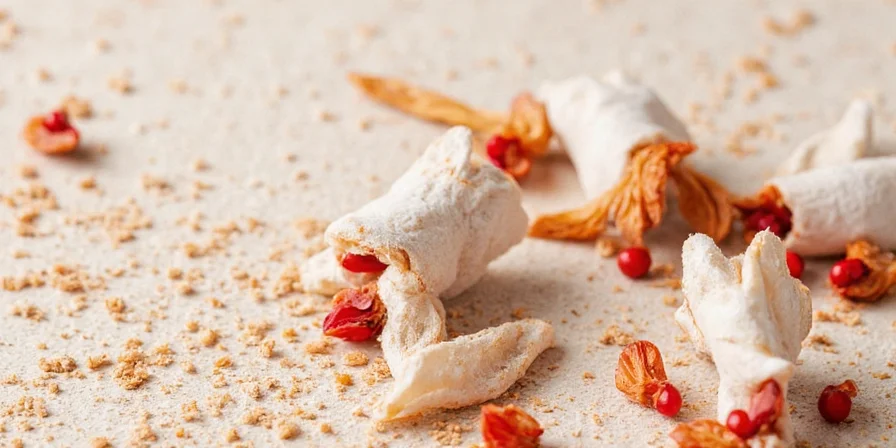
How It Made Its Way Around the World
Thanks to globalization and foodie curiosity, Schezwan peppercorn has gone from regional Chinese staple to global pantry must-have. Here’s how it infiltrated different cuisines:
- USA: Popularized by Korean BBQ and fusion tacos
- Europe: Adopted by Michelin-starred chefs for avant-garde flavor layering
- Middle East: Infused into lamb dishes and spice blends
- South America: Used in ceviche marinades for a tingling twist
Top 10 Cooking Tips for Using Schezwan Peppercorn Like a Pro
- Toast Before Grinding: Enhances aroma without scorching the spice
- Avoid Overheating: Prolonged cooking dulls its magic; add late in the process
- Dry-Fry First: For a deeper, more robust flavor in stir-fries
- Pair with Citrus: Lemon zest or yuzu juice complements its floral notes
- Infuse Oils: Heat oil slightly, add whole peppercorns, let cool, then strain
- Make a Salt Blend: Combine 1 part ground Schezwan peppercorn with 3 parts sea salt
- Add to Marinades: Works well with pork, beef, and mushrooms
- Create a Dry Rub: Use on grilled vegetables or roasted meats
- Bake with It: Try in chocolate desserts or spiced cookies for contrast
- Balance Heat: When used with chilies, it elevates the overall heat profile
A Spicy Showdown: Schezwan vs. Black Pepper vs. Chili Flakes
| Feature | Schezwan Peppercorn | Black Pepper | Chili Flakes |
|---|---|---|---|
| Origin | China | India | Mexico/Worldwide |
| Type | Berry (Zanthoxylum) | Piper nigrum seed | Capsicum fruit |
| Heat Type | Numbing + mild warmth | Pungent | Burning/spicy |
| Best Use | Stir-fries, marinades, oils | Seasoning sauces, grinding fresh | Chili oils, pasta, pizza |
| Flavor Note | Citrusy, floral, tingly | Earthy, woody | Smoky, sharp |
Fun & Fascinating Facts You Probably Didn’t Know
- Schezwan peppercorn can temporarily numb your lips and tongue for up to 20 minutes!
- In ancient China, it was used as medicine to treat toothaches and digestive issues.
- It’s banned in the US for import until 2005 due to fears of citrus greening disease (now allowed if heat-treated).
- The numbing effect is actually a trick on your nervous system — it creates a buzz similar to a mild electric current.
- There are over 200 varieties, each offering a different level of numbness and fragrance.
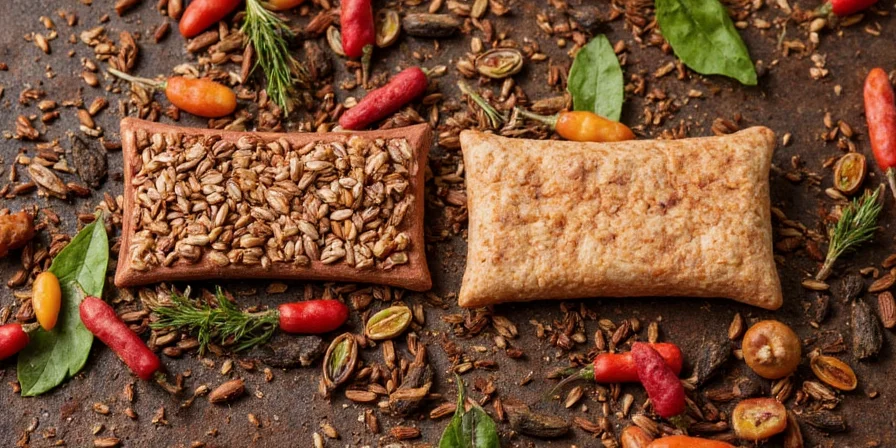
How to Store and Preserve Your Schezwan Peppercorns
To keep your peppercorns tasting fresh and vibrant, follow these easy storage tips:
- Whole vs. Ground: Whole peppercorns last longer than ground. Grind only what you need.
- Dark Glass Jars: Protect them from light and oxidation.
- Airtight Containers: Prevent moisture and pests.
- Freezer Storage: Yes! Keep them in a sealed bag in the freezer for ultimate freshness.
- Check for Aroma: If it smells weak, it’s time to replace it.
Cultural Significance and Historical Roots
In traditional Chinese medicine, Schezwan peppercorn is considered to have warming properties and is believed to aid digestion and promote circulation. In Sichuan cuisine, it's not just a flavor enhancer — it’s a symbol of resilience, boldness, and joy.
The region’s humid climate inspired locals to use spicy ingredients to “sweat out” dampness, and the peppercorn became an essential tool in balancing internal energies according to Traditional Chinese Medicine principles.
Final Thoughts: Why This Spice Deserves a Spot in Every Pantry
If you're ready to elevate your cooking game beyond the usual suspects like cumin or oregano, Schezwan peppercorn should be your next spice obsession. Whether you’re roasting chicken, making ice cream, or tossing a salad, this spice adds a thrill that other ingredients simply can’t match.
So go ahead — toast a few peppercorns, grind them into your favorite rub, and let your taste buds experience the tingling revolution that started centuries ago in the heart of China.
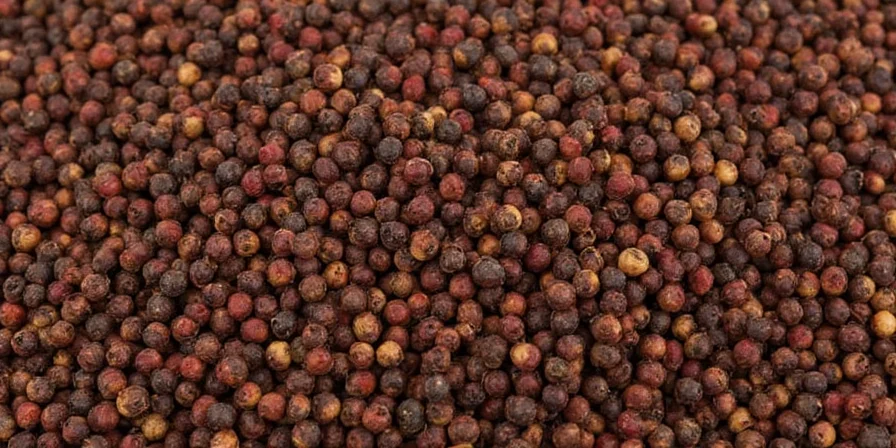
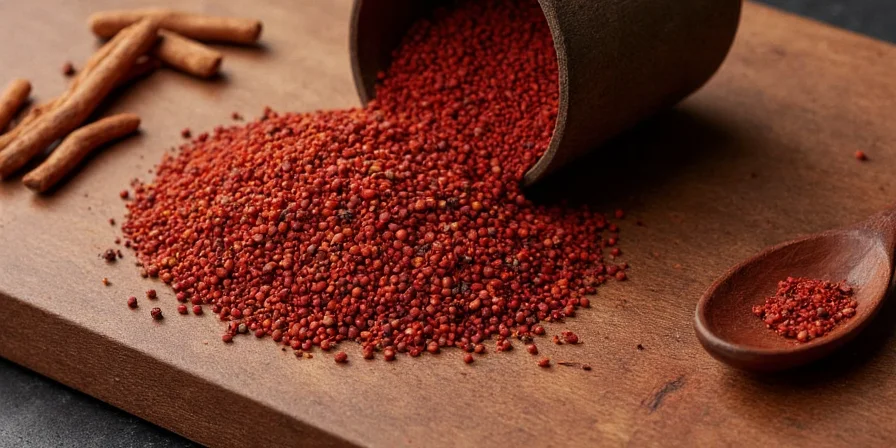

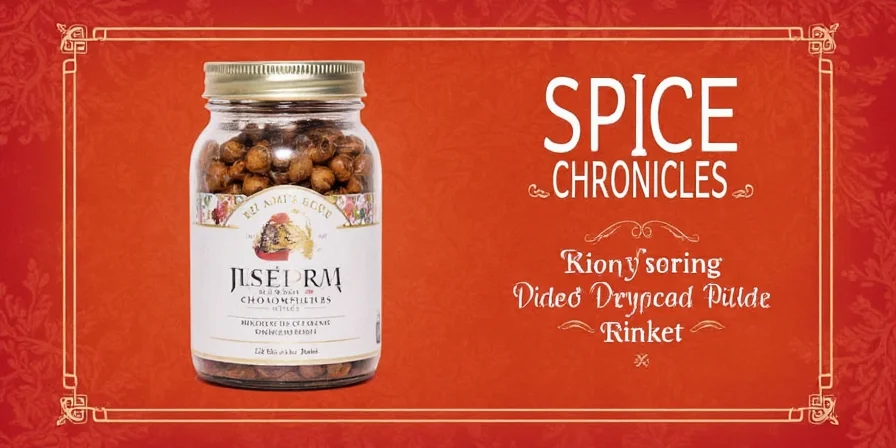









 浙公网安备
33010002000092号
浙公网安备
33010002000092号 浙B2-20120091-4
浙B2-20120091-4